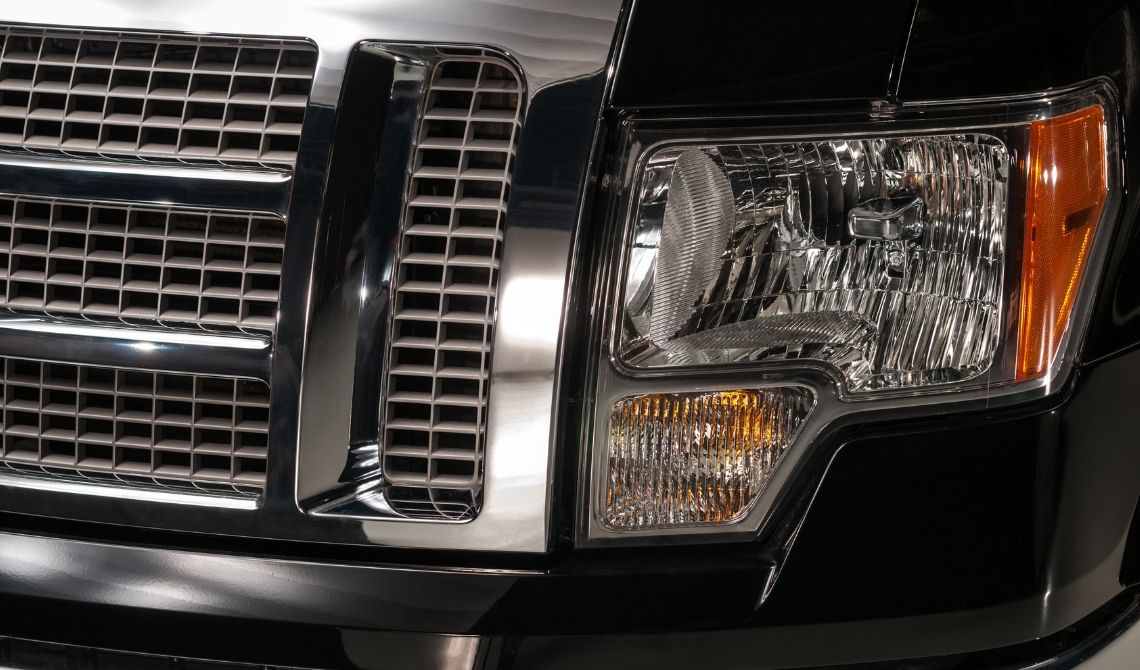Truck headlights are more than just sources of illumination; they are the unsung heroes ensuring safety on the highways, especially when the sun sets. In this extensive guide, we will explore the world of truck headlights, delving into their various types, technologies, and the pivotal role they play in enhancing road safety for both drivers and fellow travelers.
I. The Importance of Truck Headlights:
- Nighttime Visibility: One of the primary functions of truck headlights is to provide visibility during low-light conditions. The powerful beams not only guide the truck driver but also alert other drivers and pedestrians to the presence of the vehicle on the road.
- Enhanced Safety: Adequate lighting is paramount for safe driving, reducing the risk of accidents and collisions. Well-designed truck headlights contribute significantly to road safety by ensuring that obstacles, road signs, and other vehicles are visible from a distance.
- Adaptability to Weather Conditions: Beyond the darkness of night, truck headlights are essential for navigating through adverse weather conditions such as heavy rain, snow, or fog. Different types of headlights are designed to cope with various weather challenges, providing drivers with the necessary visibility to make informed decisions.
II. Types of Truck Headlights:
- Halogen Headlights: Halogen headlights have been the traditional choice for many trucks. They operate by passing an electric current through a tungsten filament, resulting in a bright and reliable light source. While cost-effective, halogen headlights tend to have a shorter lifespan compared to newer technologies.
- HID (High-Intensity Discharge) Headlights: HID headlights have gained popularity for their intense and bright illumination. By creating an electrical arc between electrodes within a gas-filled bulb, HID headlights offer a clear and crisp beam. Despite their energy efficiency, some drivers note a brief warm-up period before achieving full brightness.
- LED (Light-Emitting Diode) Headlights: LED headlights have become the go-to choice for many modern trucks. These headlights use semiconductor technology to emit light, resulting in instant full brightness. LED headlights are known for their energy efficiency, durability, and resistance to vibrations, making them a reliable choice for truck manufacturers.
- Projector Headlights: Projector headlights incorporate a lens to focus the light produced by the bulb, creating a more controlled and directed beam. Commonly found in high-end trucks, projector headlights offer a stylish and functional lighting solution, enhancing both aesthetics and visibility.
- Composite Headlights: Composite headlights combine different lighting technologies into a single unit. These headlights often feature a mix of halogen, HID, or LED bulbs, along with additional features such as daytime running lights (DRLs) or turn signals. Composite headlights provide versatility and cater to diverse lighting needs.
III. Technological Advancements:
- Adaptive Headlights: Adaptive headlights are a technological leap forward, adjusting their direction and range based on the truck’s speed, steering, and elevation changes. This innovation enhances safety by providing better illumination around corners and over hills, reducing the likelihood of accidents caused by limited visibility.
- Automatic High Beams: Automatic high-beam systems use sensors to detect oncoming traffic, automatically adjusting the headlight brightness to avoid blinding other drivers. This feature ensures optimal visibility while prioritizing the safety of all road users.
- Smart Headlight Systems: Smart headlight systems utilize sensors, cameras, and connectivity to adapt to various driving conditions. These systems can dynamically adjust the beam pattern, intensity, and direction in real-time, optimizing visibility without causing glare for other drivers.
IV. Regulations and Standards:
Truck headlights are subject to strict regulations and standards to maintain uniformity and safety on the roads. In the United States, the Federal Motor Vehicle Safety Standards (FMVSS) outline guidelines for headlight performance, including brightness, beam pattern, and proper aiming. Adherence to these standards is mandatory for manufacturers to certify their vehicles for road use.
V. Proper Maintenance:
Proper maintenance is essential to ensure that truck headlights perform optimally. Here are some key maintenance tips:
- Regular Cleaning: Dirt and debris can accumulate on headlights, reducing their effectiveness. Regularly clean the headlights with a soft cloth and non-abrasive cleaner to maintain maximum visibility.
- Aiming Adjustment: Proper headlight aiming is crucial for optimal illumination without causing glare for other drivers. If headlights are misaligned, professional adjustment is necessary to meet required specifications.
- Bulb Replacement: Promptly replace burned-out bulbs to avoid compromised visibility. Keeping spare bulbs in the truck for emergencies and regularly inspecting all headlights for wear or damage is good practice.
- Lens Restoration: Over time, headlight lenses may become cloudy or yellowed, diminishing light output. Consider using a headlight restoration kit to polish and restore lens clarity, ensuring optimal visibility.
VI. Conclusion:
Truck headlights are the silent guardians of the night, guiding drivers through the darkness and adverse weather conditions. From traditional halogen to advanced LED and smart systems, the evolution of truck headlights continues to prioritize safety and efficiency. Understanding the different types, embracing technological advancements, adhering to regulations, and practicing proper maintenance are all crucial elements in ensuring that truck headlights fulfill their vital role in enhancing road safety. As we continue to drive towards the future, let us shine a light on the importance of these unsung heroes, making our journeys safer and more secure.
For detailed information: Truck Headlights


